Home>Gardening & Outdoor>Landscaping Ideas>How To Aerate Your Grass
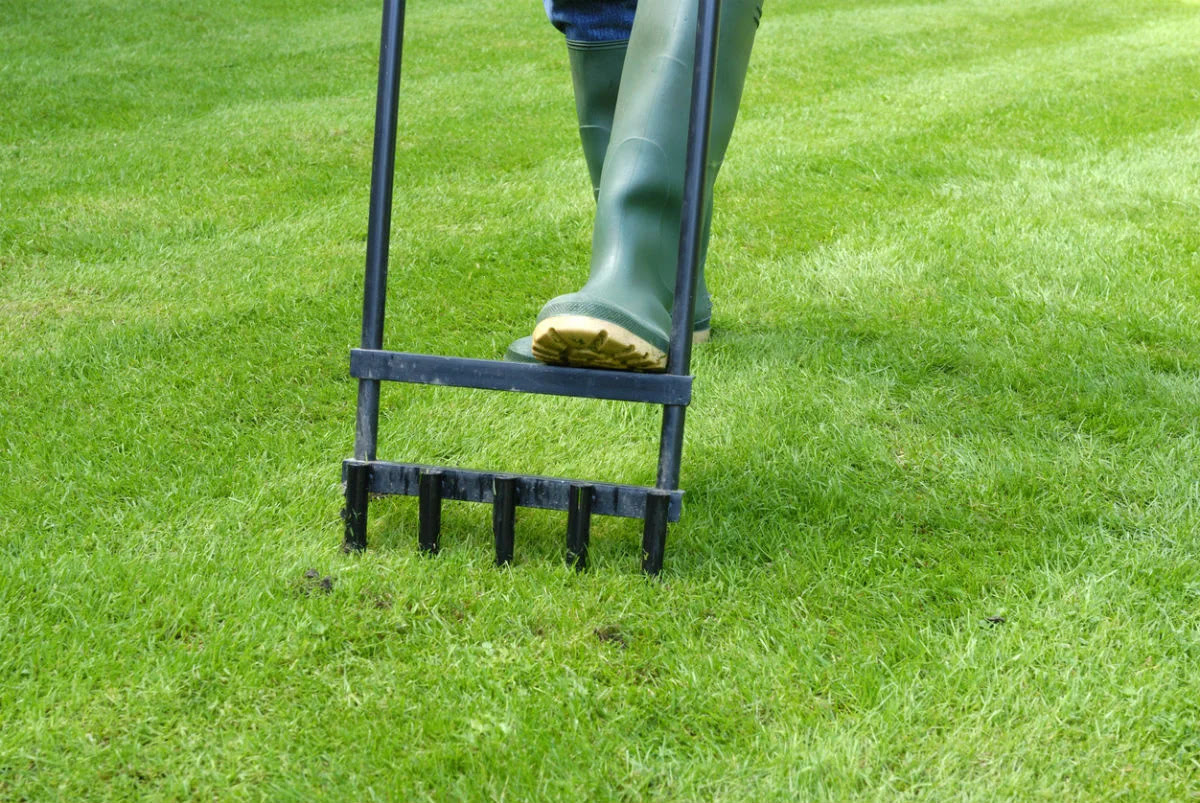

Landscaping Ideas
How To Aerate Your Grass
Modified: February 25, 2024
Learn the best landscaping ideas for aerating your grass and improving your lawn. Discover expert tips and techniques for a healthier, greener yard.
(Many of the links in this article redirect to a specific reviewed product. Your purchase of these products through affiliate links helps to generate commission for Storables.com, at no extra cost. Learn more)
Introduction
A lush, verdant lawn is the pride of any homeowner, serving as a welcoming oasis and a picturesque backdrop for gatherings with family and friends. Achieving and maintaining a healthy lawn involves various essential practices, and one of the most crucial is aeration. While the term might sound complex, the concept is quite simple. Aeration is the process of perforating the soil with small holes to allow air, water, and nutrients to penetrate the grassroots. This fundamental lawn care practice can work wonders in rejuvenating your grass, promoting robust growth, and ensuring a vibrant and resilient lawn.
In the following sections, we will delve into the numerous benefits of aerating your grass, the optimal timing for this vital task, the essential tools and equipment required, and a step-by-step guide to ensure successful aeration. Additionally, we will share valuable tips to enhance the effectiveness of the aeration process and maximize the health and beauty of your lawn. Whether you are a seasoned lawn care enthusiast or a novice homeowner looking to elevate your landscaping game, this comprehensive guide will equip you with the knowledge and insights needed to achieve a thriving and luxuriant lawn through the power of aeration.
Key Takeaways:
- Aeration is essential for a healthy lawn, promoting nutrient absorption, soil structure, and stress tolerance. By timing, equipping, and following tips, you can nurture a vibrant and resilient grassscape.
- Understanding the benefits, timing, tools, and tips for aeration is crucial for a thriving lawn. Embrace aeration to cultivate a visually stunning and resilient outdoor haven.
Read more: Why Aerate Grass
Benefits of Aerating Your Grass
Aerating your grass offers a multitude of benefits that contribute to the overall health and vitality of your lawn. Here are some compelling reasons why incorporating aeration into your lawn care regimen can make a significant difference:
- Enhanced Nutrient Absorption: By creating channels for air, water, and nutrients to reach the grassroots, aeration facilitates improved absorption of essential elements, promoting robust growth and overall health of the grass.
- Improved Soil Structure: Over time, soil can become compacted, hindering the circulation of air and water. Aeration alleviates soil compaction, allowing for better drainage and root development, which is crucial for the long-term health of the lawn.
- Enhanced Oxygen Circulation: Grass roots require oxygen to thrive, and aeration facilitates the exchange of gases in the soil, ensuring that the roots receive an adequate oxygen supply, which is essential for their vitality.
- Reduced Thatch Buildup: Thatch, a dense layer of organic debris that accumulates on the soil surface, can impede the penetration of water and nutrients. Aeration helps break down thatch, preventing its buildup and promoting a healthier lawn.
- Enhanced Seed Germination: Aeration creates an optimal environment for seed germination by providing direct soil contact, which is essential for new seeds to take root and flourish.
- Improved Stress Tolerance: A well-aerated lawn is more resilient to environmental stressors such as heat, drought, and heavy foot traffic, ensuring that your grass remains lush and vibrant under various conditions.
These benefits underscore the significance of aeration in nurturing a thriving lawn. By embracing this essential practice, you can pave the way for a resilient, vibrant, and visually stunning grassscape that enhances the beauty and value of your outdoor space.
When to Aerate Your Grass
Timing is crucial when it comes to aerating your grass, as it directly impacts the effectiveness of the process and the overall health of your lawn. The optimal time for aeration largely depends on the type of grass you have and the climate of your region. Here are some general guidelines to help you determine the best time to aerate your lawn:
- Cool-Season Grasses: If your lawn predominantly consists of cool-season grasses such as Kentucky bluegrass, fescue, or ryegrass, the prime time for aeration is during the early fall or early spring. These periods allow the grass to recover and flourish after aeration, leveraging the cooler temperatures and favorable growing conditions.
- Warm-Season Grasses: For lawns dominated by warm-season grasses like Bermuda grass, zoysia grass, or St. Augustine grass, the optimal time for aeration is in late spring or early summer. Performing aeration during the active growing season of warm-season grasses maximizes the benefits and promotes robust recovery and growth.
It’s important to avoid aerating during the dormant season of the respective grass type, as the lawn may not be able to fully recover from the process. Additionally, ensure that the soil is moderately moist, as excessively dry soil can make aeration challenging, while overly wet soil may lead to soil compaction during the process.
Observing the growth patterns and specific needs of your grass will guide you in determining the most favorable time for aeration. By aligning the aeration process with the natural growth cycles of your grass, you can optimize the benefits and set the stage for a healthy and vibrant lawn.
Tools and Equipment Needed for Aerating
Before embarking on the aeration process, it’s essential to ensure that you have the necessary tools and equipment at your disposal. The following items are instrumental in facilitating a successful and efficient aeration session:
- Aeration Machine: Also known as a lawn aerator, this specialized machine is available in various types, including spike aerators and plug aerators. Spike aerators puncture the soil with solid tines, while plug aerators remove small plugs of soil, providing more effective aeration.
- Lawn Mower: Prior to aeration, mow your lawn to a slightly shorter length than usual. This enables the aerator to penetrate the soil more effectively and ensures that the focus remains on soil aeration rather than excessive grass trimming.
- Irrigation System: It’s beneficial to water your lawn a day or two before aeration to ensure that the soil is adequately moist, facilitating easier penetration during the aeration process.
- Marking Flags: If using a plug aerator, marking flags can be helpful in highlighting any irrigation lines, shallow utility lines, or other obstacles in the lawn to prevent damage during aeration.
- Rake: After aeration, a rake can be used to break up the soil plugs left behind by a plug aerator, aiding in their breakdown and assimilation into the lawn.
- Compost and Seed (Optional): Following aeration, applying a thin layer of compost and overseeding the lawn can further enhance the health and density of the grass, promoting a lush and vibrant lawn.
Equipping yourself with these essential tools and supplies sets the stage for a seamless and effective aeration process. By ensuring that you have everything you need beforehand, you can approach the task with confidence, knowing that you are well-prepared to nurture a healthier and more resilient lawn.
Tip: When aerating your grass, make sure the soil is moist but not too wet. Use a core aerator to remove small plugs of soil, allowing air, water, and nutrients to reach the roots. Avoid aerating during drought or extreme heat.
Steps to Aerate Your Grass
Embarking on the aeration process involves a series of strategic steps to ensure optimal results and the long-term health of your lawn. By following these guidelines, you can execute the aeration process with precision and care:
- Prepare the Lawn: Mow the grass to a slightly shorter length than usual to facilitate easier penetration of the aerator into the soil. If the soil is dry, water the lawn a day or two before aeration to ensure adequate moisture.
- Select the Aeration Machine: Choose the appropriate type of aerator based on your lawn’s needs. Plug aerators are highly effective in relieving soil compaction by removing small plugs of soil, while spike aerators puncture the soil with solid tines.
- Aerate the Lawn: Operate the aerator in a systematic pattern, covering the entire lawn area. Ensure that each section receives thorough aeration, allowing for optimal air, water, and nutrient circulation in the soil.
- Address Soil Plugs: If using a plug aerator, break up the soil plugs left behind using a rake. This aids in their breakdown and assimilation into the lawn, contributing to the overall health of the soil.
- Apply Compost and Seed (Optional): Following aeration, consider applying a thin layer of compost to enrich the soil and overseeding the lawn to promote denser, healthier grass growth.
- Maintain Adequate Moisture: After aeration, ensure that the lawn receives sufficient water to support the recovery and growth of the grass. Adequate moisture is essential for the post-aeration phase, enabling the grass to flourish and thrive.
By methodically following these steps, you can effectively aerate your grass, setting the stage for a healthier, more resilient lawn that boasts lush, vibrant grass and enhanced overall vitality. Each step plays a crucial role in the aeration process, ensuring that your lawn receives the care and attention it needs to flourish.
Read more: How To Aerate Grass
Tips for Aeration Success
Maximizing the effectiveness of the aeration process involves strategic planning and attention to detail. Here are some valuable tips to ensure that your aeration efforts yield optimal results and contribute to the long-term health and beauty of your lawn:
- Understand Your Soil: Prior to aeration, assess the soil composition and condition of your lawn. Understanding the soil type and any prevalent issues such as compaction or excessive thatch buildup will guide you in tailoring the aeration process to address specific needs.
- Coordinate Aeration with Fertilization: Consider scheduling aeration alongside fertilization to capitalize on the enhanced nutrient absorption and soil penetration resulting from the aeration process. This strategic coordination can amplify the benefits and promote robust grass growth.
- Overlap Aeration Passes: When using a mechanical aerator, overlap the passes slightly to ensure comprehensive coverage and consistent aeration across the entire lawn. This approach minimizes the likelihood of missing any areas and ensures uniform soil improvement.
- Adjust Aeration Depth: Tailor the depth of aeration based on the specific needs of your lawn. Deeper aeration may be necessary for addressing severe soil compaction, while lighter aeration suffices for routine maintenance and soil improvement.
- Follow Up with Post-Aeration Care: After aerating, prioritize post-aeration care, including adequate watering and, if applicable, the application of compost and overseeding. This proactive approach nurtures the recovery and growth of the grass, maximizing the benefits of aeration.
- Regular Aeration Schedule: Incorporate aeration into your lawn care schedule at regular intervals to maintain soil health and vitality. Aeration every 1-3 years, depending on the condition of the lawn, can prevent soil compaction and promote continuous grass growth and resilience.
By integrating these tips into your aeration strategy, you can elevate the success and impact of the aeration process, nurturing a robust, lush lawn that serves as a testament to your attentive and dedicated lawn care efforts.
Conclusion
Aeration stands as a cornerstone of comprehensive lawn care, offering a multitude of benefits that contribute to the long-term health, resilience, and beauty of your grass. By embracing this fundamental practice, you pave the way for improved nutrient absorption, enhanced soil structure, and robust grassroots development, culminating in a lush, vibrant lawn that serves as a captivating centerpiece of your outdoor space.
Understanding the optimal timing for aeration, equipping yourself with the essential tools and equipment, and following a systematic approach to the aeration process are pivotal in ensuring successful results. By incorporating valuable tips and strategic considerations, you can maximize the impact of aeration, nurturing a thriving lawn that exudes vitality and allure.
As you embark on your aeration journey, remember that the health of your lawn is a reflection of your attentive care and dedication. By integrating aeration into your regular lawn care regimen and tailoring the process to address the specific needs of your grass, you set the stage for a resilient, visually stunning lawn that enhances the overall appeal and value of your property.
Ultimately, aeration transcends a mere lawn care practice; it embodies a commitment to fostering a vibrant, flourishing outdoor haven that beckons with its lush, inviting expanse. Through the power of aeration, you can cultivate a captivating landscape that invites relaxation, celebration, and cherished moments, enriching your outdoor experience and leaving a lasting impression on all who behold its natural splendor.
Embrace the art of aeration, and witness your grass transform into a verdant tapestry of vitality and beauty, a testament to the nurturing touch of a dedicated caretaker.
Frequently Asked Questions about How To Aerate Your Grass
Was this page helpful?
At Storables.com, we guarantee accurate and reliable information. Our content, validated by Expert Board Contributors, is crafted following stringent Editorial Policies. We're committed to providing you with well-researched, expert-backed insights for all your informational needs.
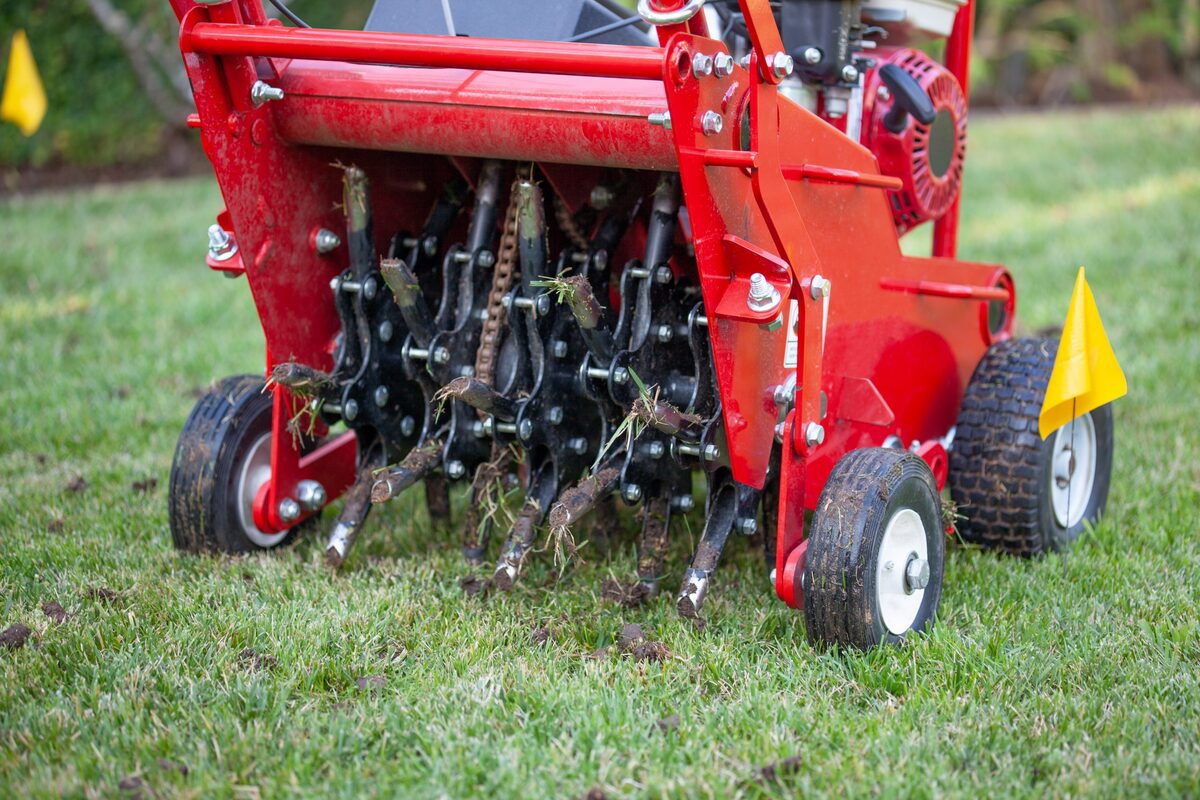
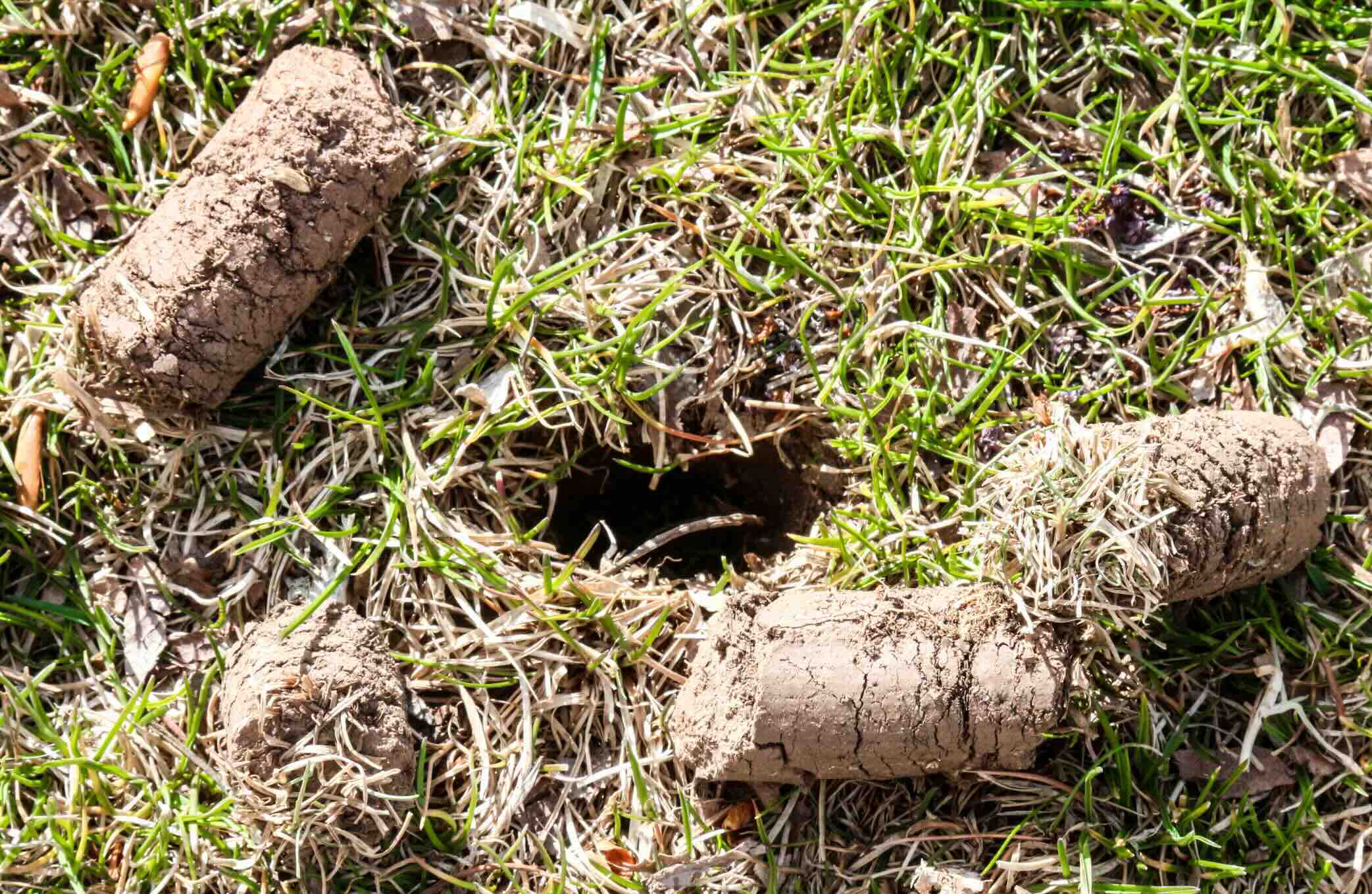
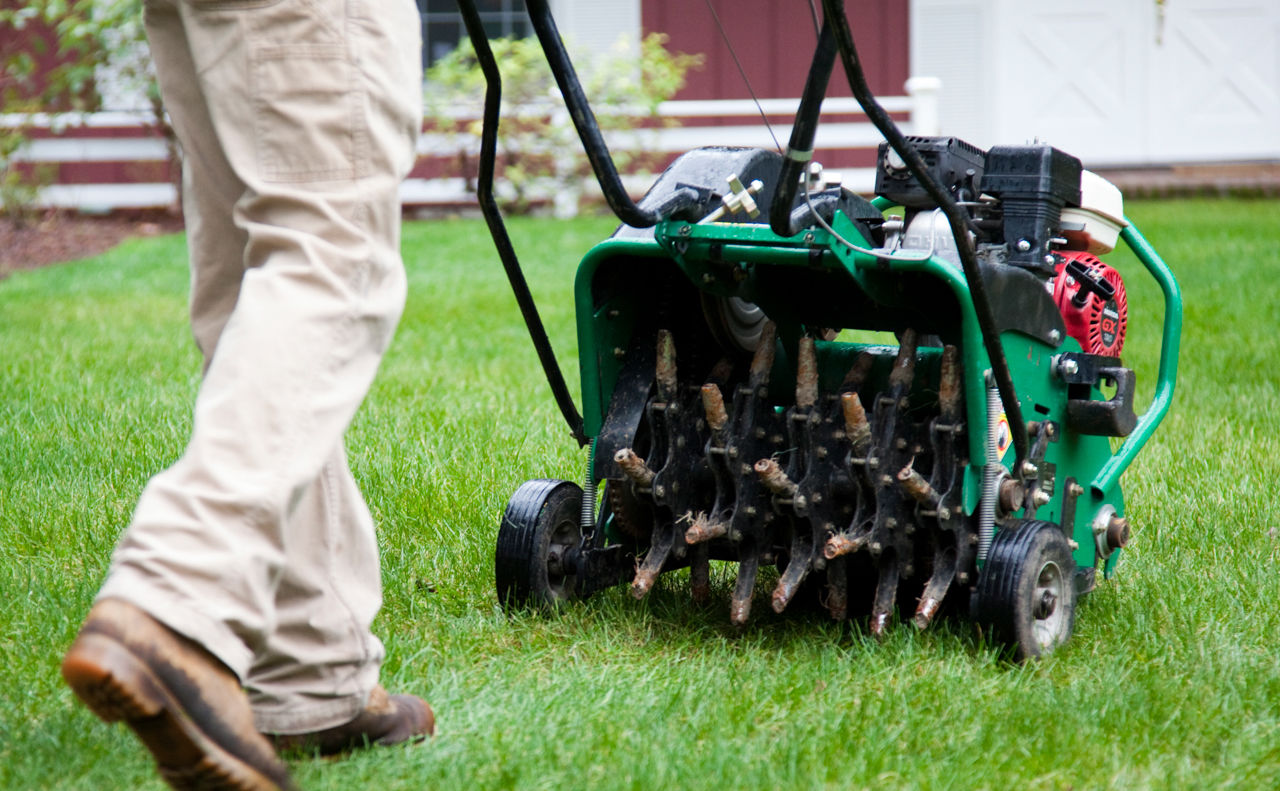
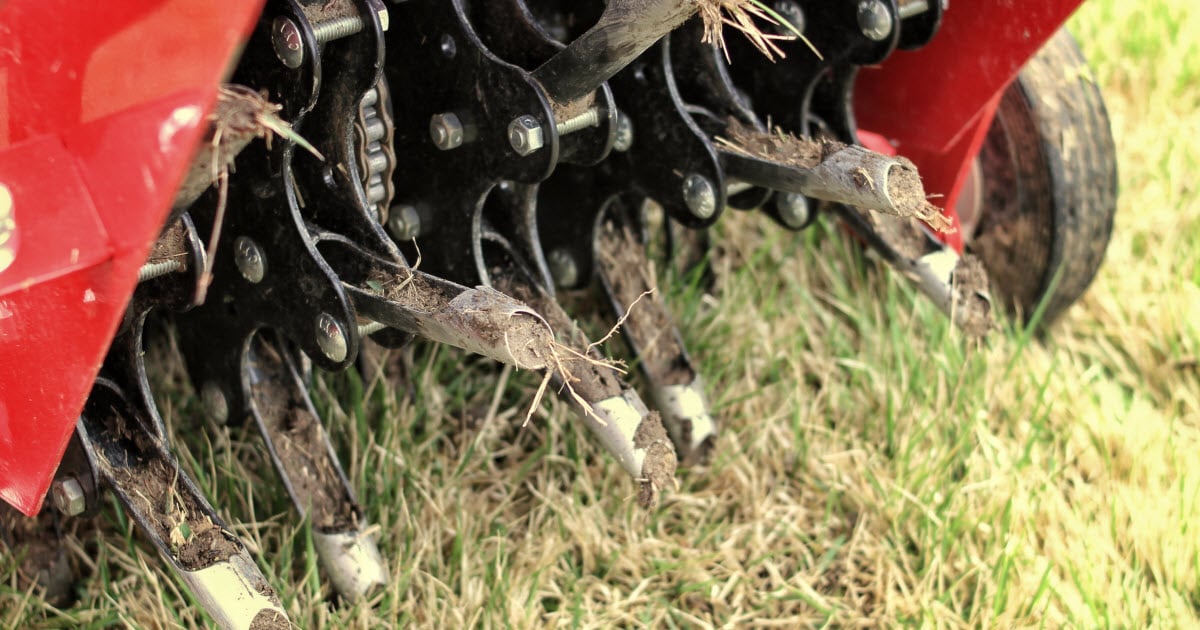
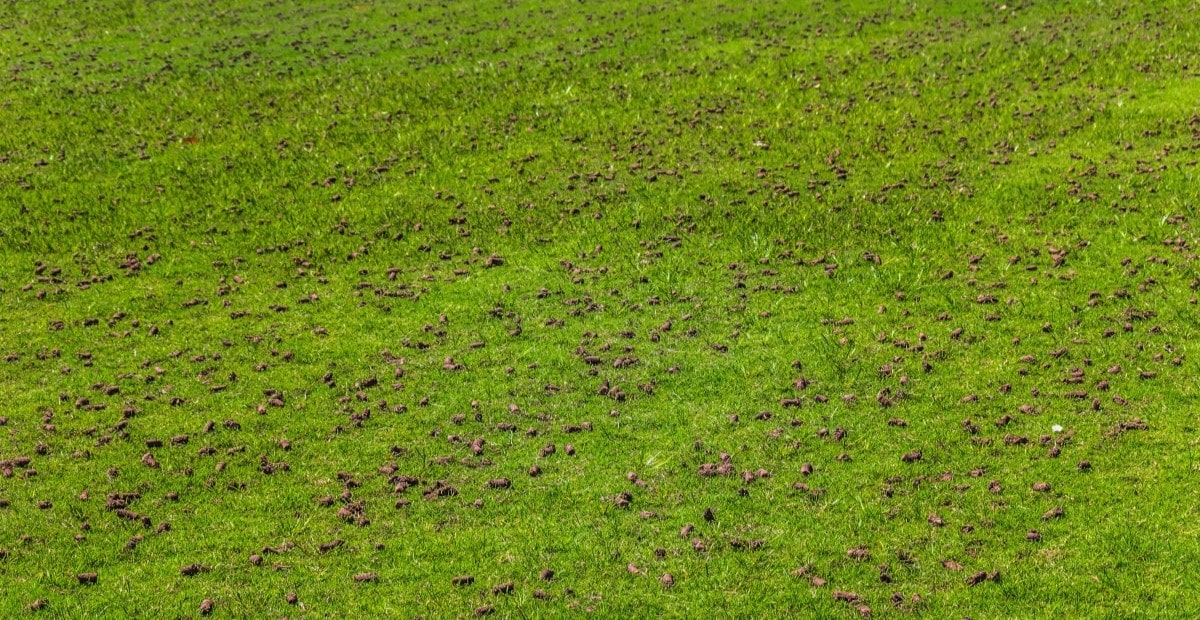

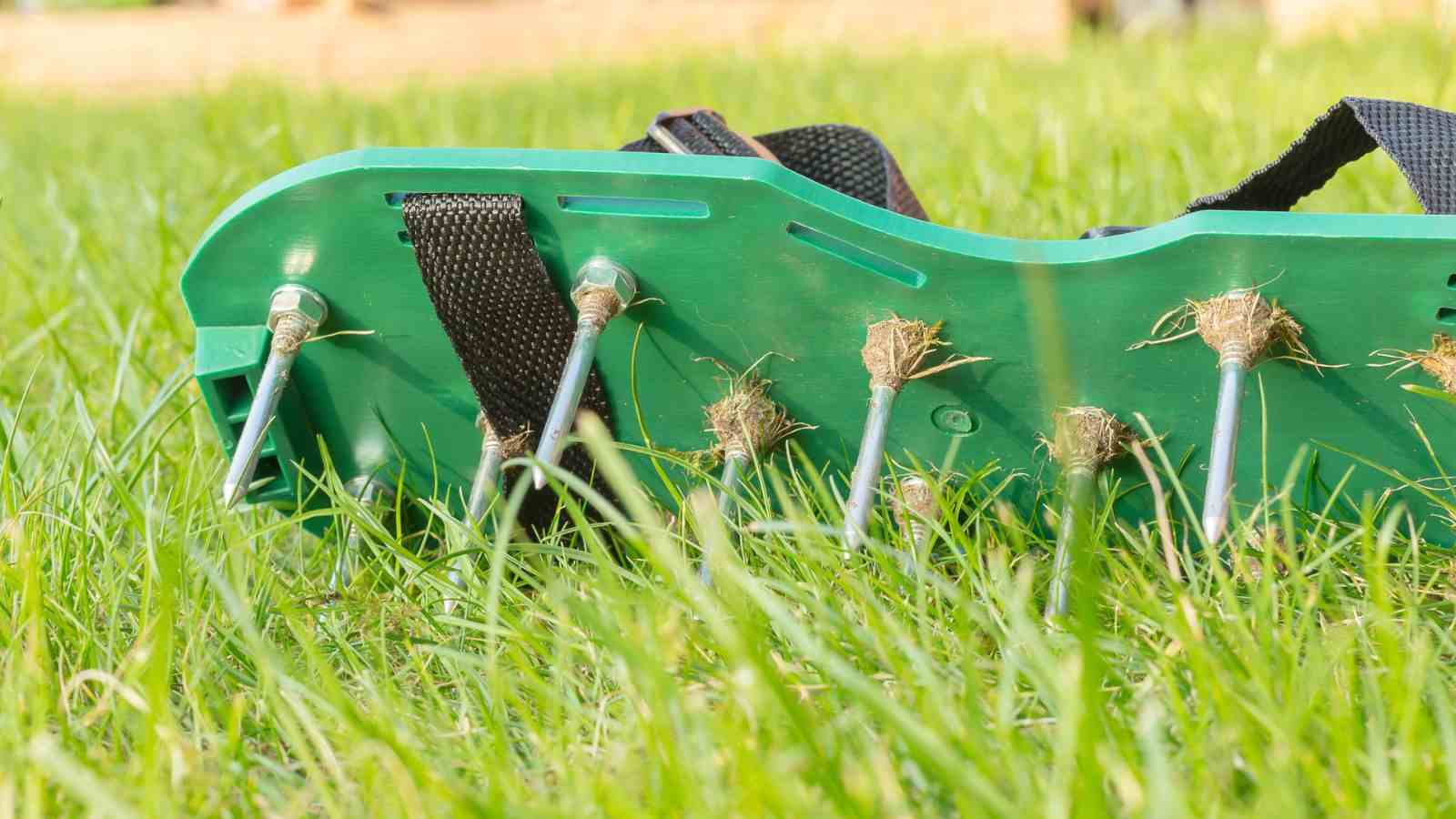
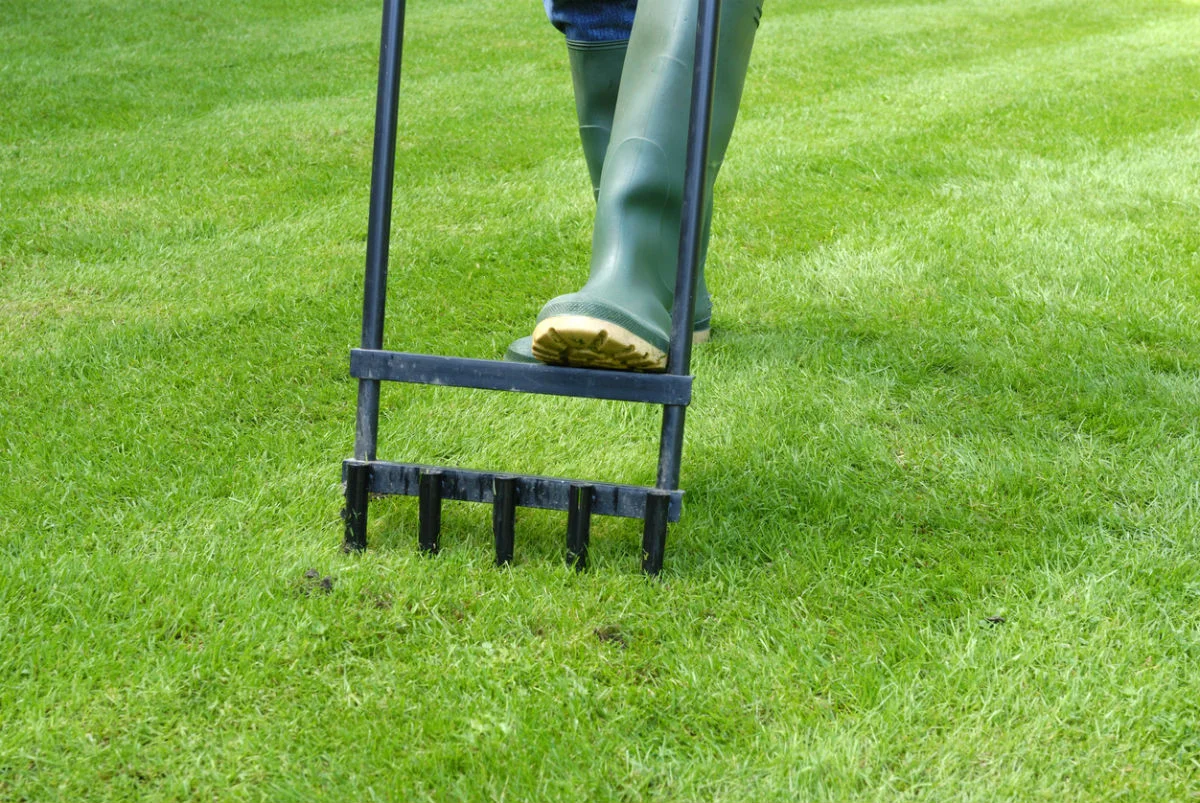

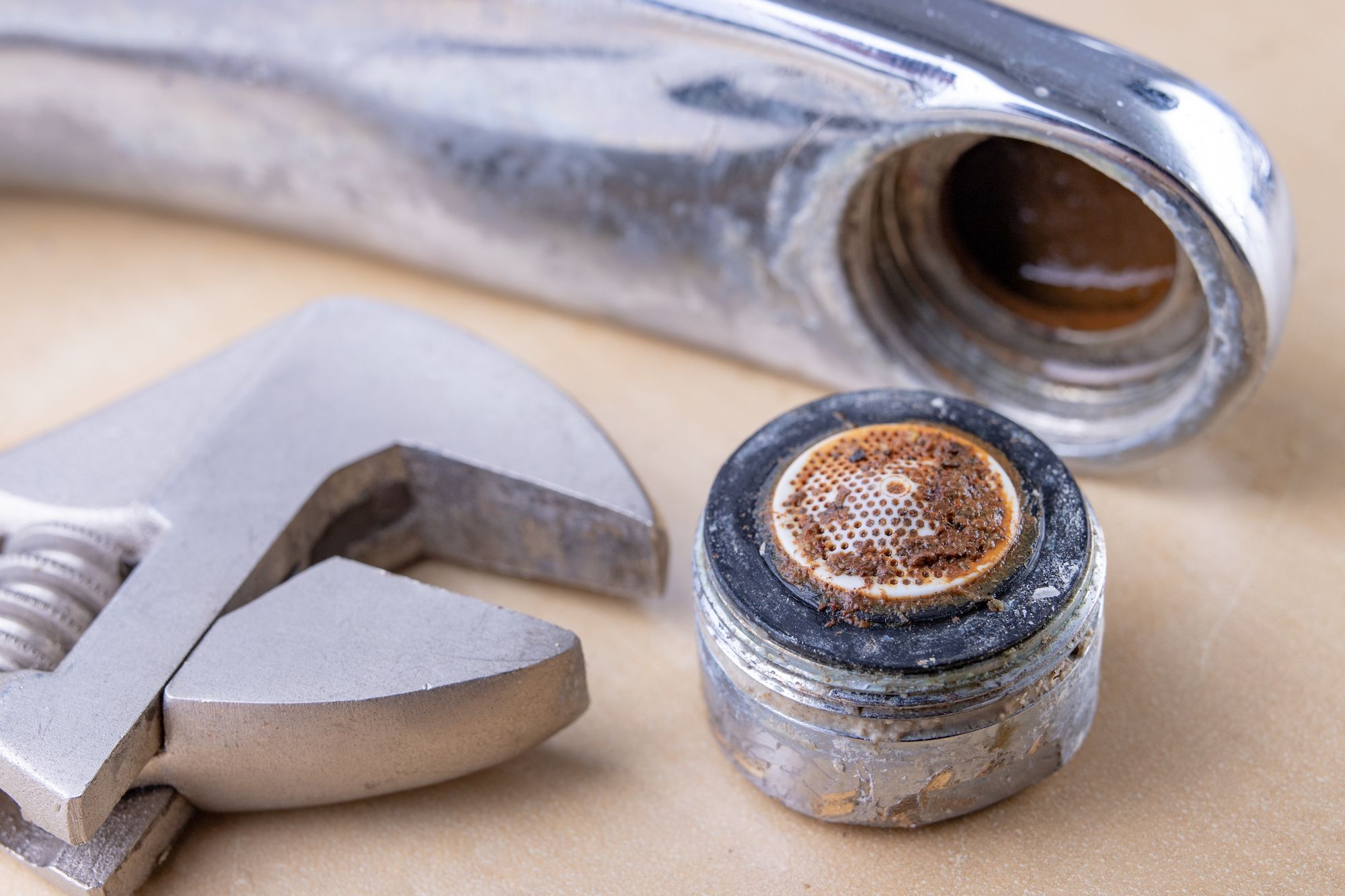
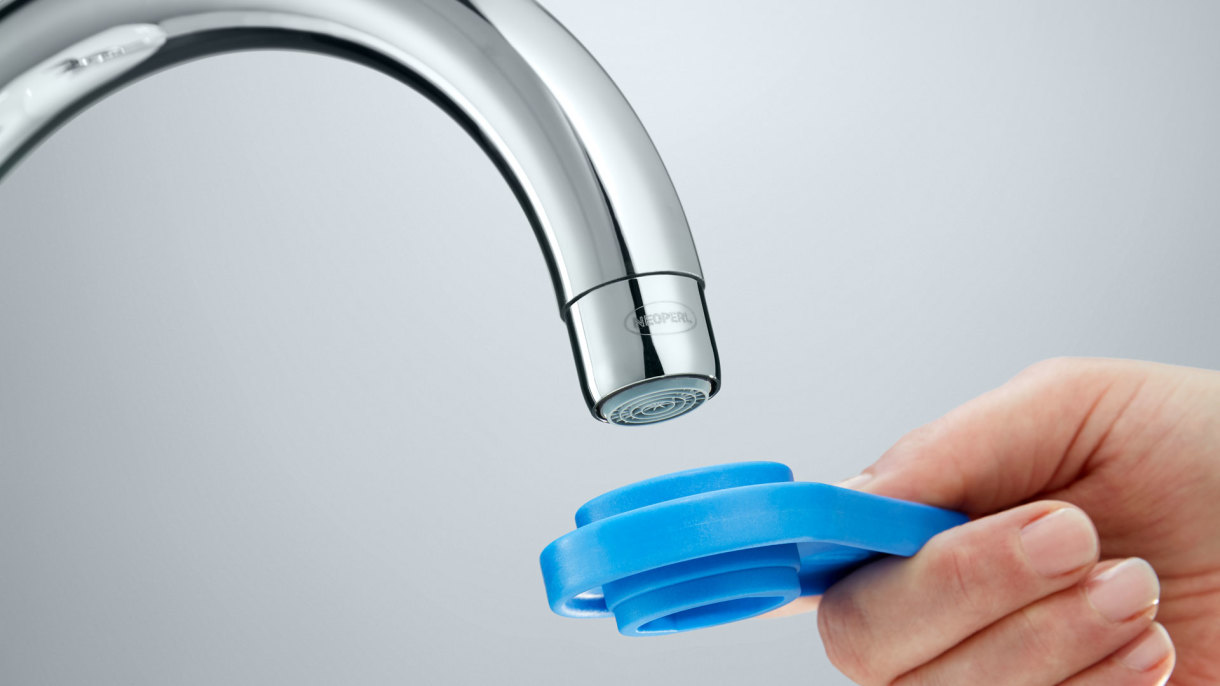
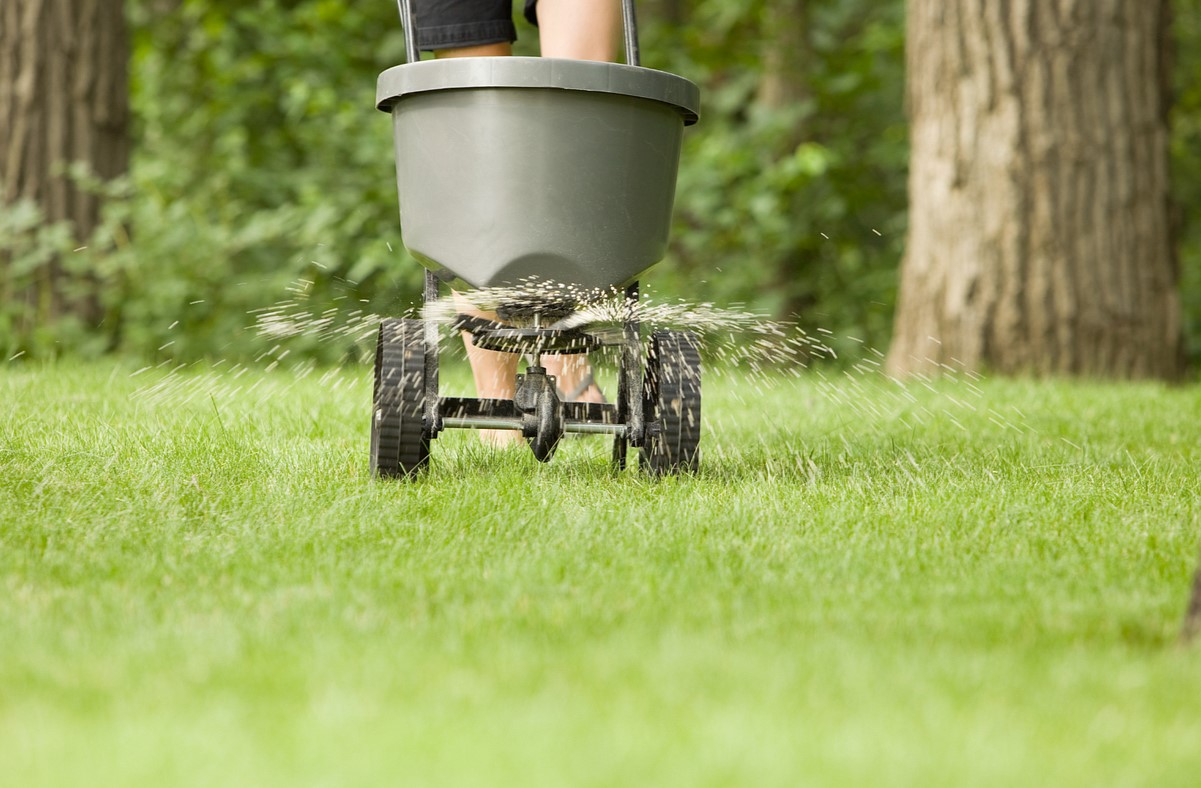
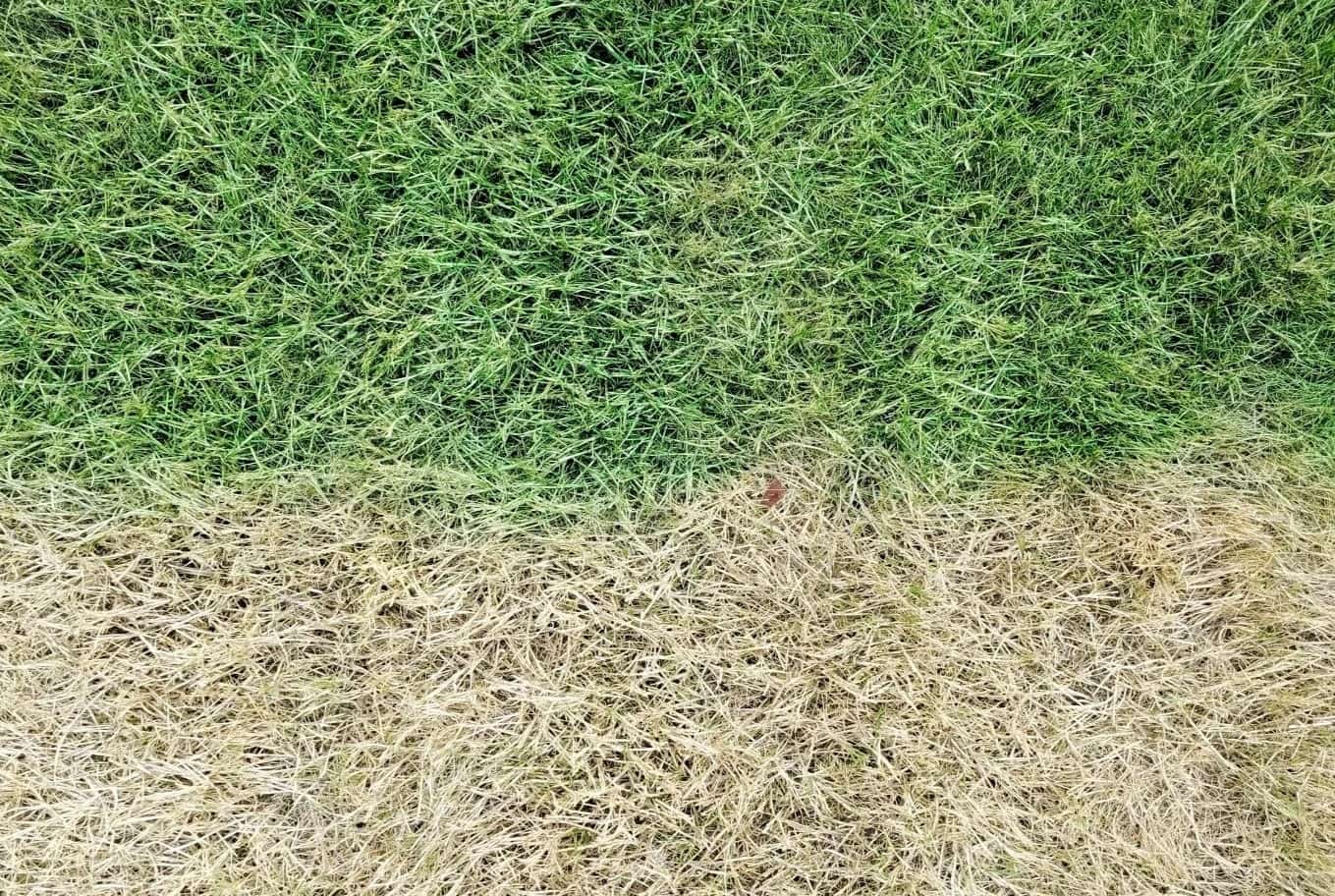
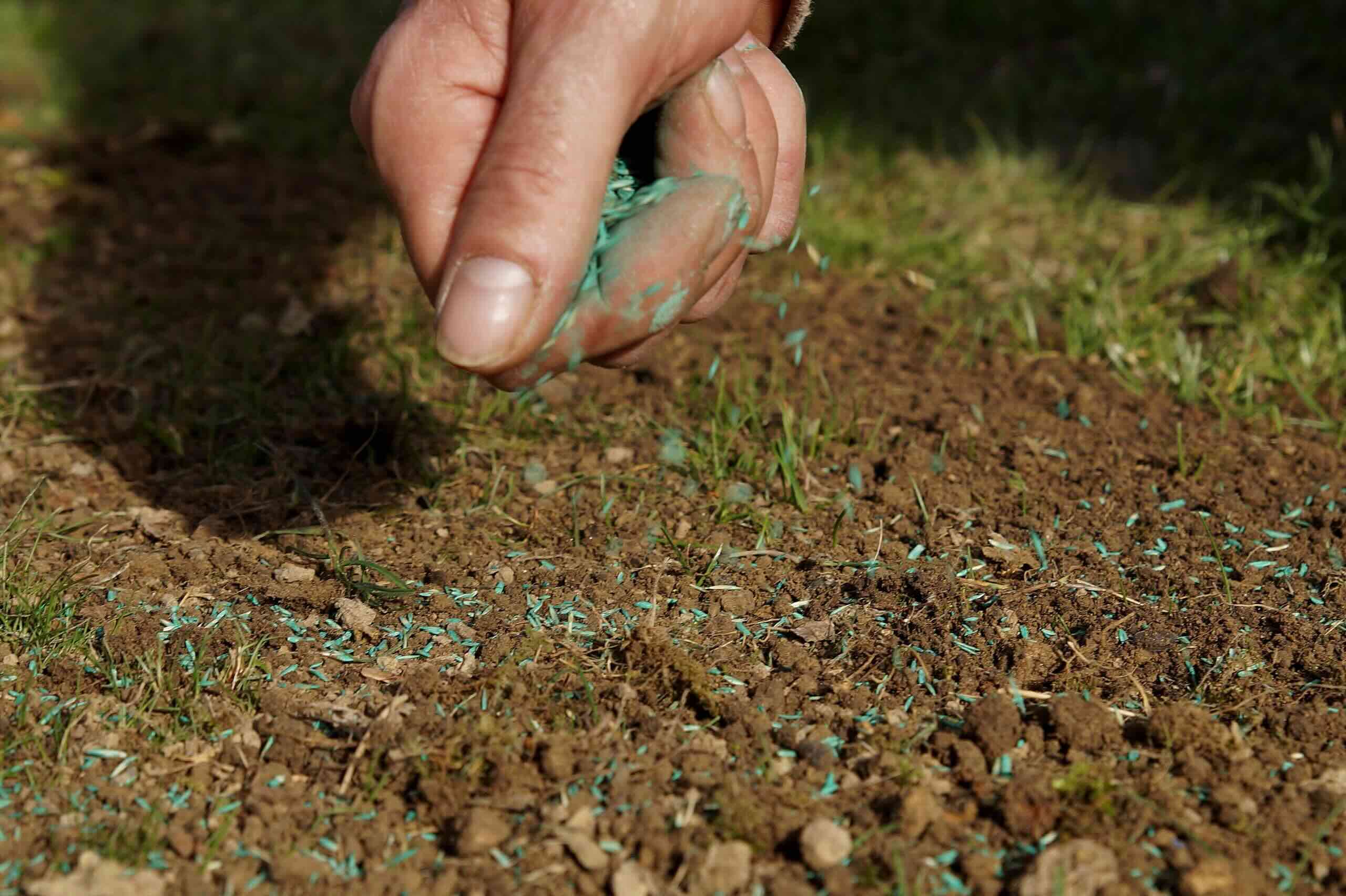

0 thoughts on “How To Aerate Your Grass”